Let Your Pride Flag Fly
- 1978-1999 Pride Flag
- Agender Flag
- Aromantic Flag
- Asexual Flag
- Bisexual Flag
- Butch Lesbian Pride Flag
- Demisexual Pride Flag
- Gender Fluid/Gender Flexible Flag
- Genderqueer Flag
- Gilbert Baker Pride Flag
- Intersex Flag
- Lesbian Pride Flag
- Non Binary Flag
- Pansexual Pride Flag
- Polysexual Flag
- Progress Flag
- Social Justice Pride Flag
- Straight Ally Flag
- Traditional Gay Pride Flag
- Transgender Flag
1978-1999 Pride Flag

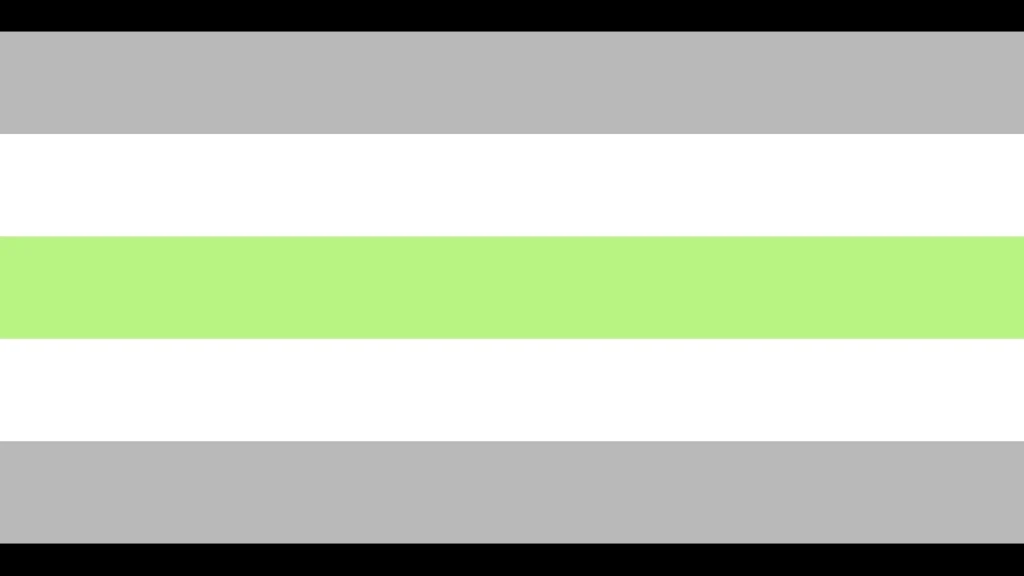
Agender Flag
While genderqueer people bend the rules of gender, agender people reject a gender completely. For their flag, the black and white stripes represent the absence of gender, while green, the inverse of the gender-heavy purple, represents nonbinary genders.
Black and White = Represent the absence of gender.
Green = The inverse of the gender-heavy purple, represents nonbinary
genders.
Aromantic Flag
While asexual flags use purple to show their lack of sexual attraction, aromantic flags use green to celebrate the people who live without romantic attraction.
Green, White, Gray, Black = To celebrate the people who live without
romantic attraction.
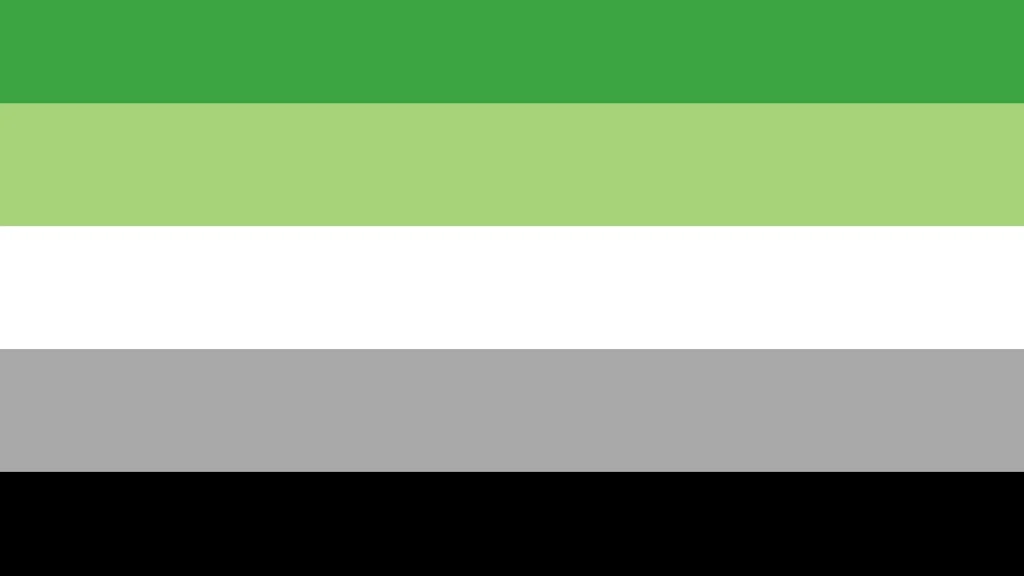
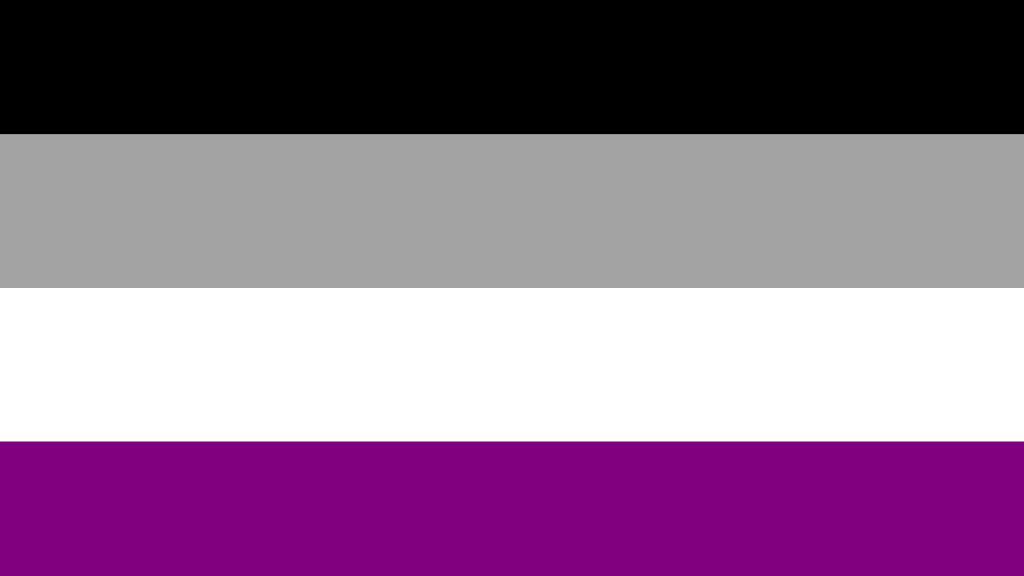
Asexual Flag
The asexual flag was created in 2010. Inspired by the Asexual Visibility and Education Network logo, it represents many ace identities, including graysexuals (the fluid area between sexuals and asexuals) and demisexuals (people who don’t experience sexual attraction unless they have an emotional
connection with their partners.)
Black = Asexuality.
Grey = Grey-area between sexual and asexual.
White = Sexuality.
Purple = Community.
Bisexual Flag
Designed by Michael Page, the flag brings visibility to the bisexual community, showing the overlap of the stereotypical colors for boys and girls. The flag was inspired by an older symbol of bisexuality: the “biangles,” two overlapping pink and dark blue triangles.
Deep Pink = Represents relationships sporting same sex interactions.
Lavender = This colour is formed with the mixing of the deep pink and blue colours present in the flag, indicating the nature of bisexuality which features same-sex and opposite-sex interactions.
Dark Blue = Symbol of the straight ‘hetero’ sexuality. This represents
a relationship that features opposite-sex interaction.

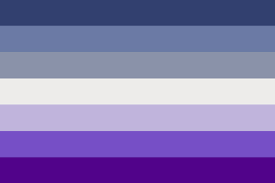
Butch Lesbian Pride Flag
Butch Lesbian: A female identified person who likes other female-identified people and presents more traditionally “masculine” in appearance.
Blue = Masculinity,
Purple = Lesbian and woman identified individuals
White = People across the gender and sexuality spectrums more broadly
Demisexual Pride Flag
Demisexual: Feeling sexual attraction to someone only after forming a deep emotional bond with them. Part of the broader asexual community.
Black = Asexuality
Grey = Asexuality and Demi-sexuality
White= Sexuality
Purple = Community
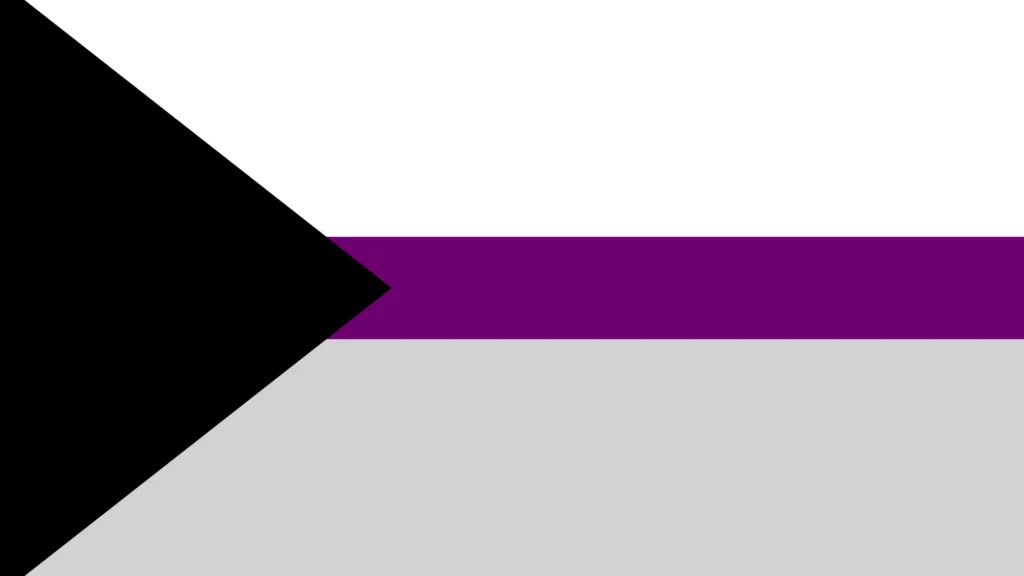
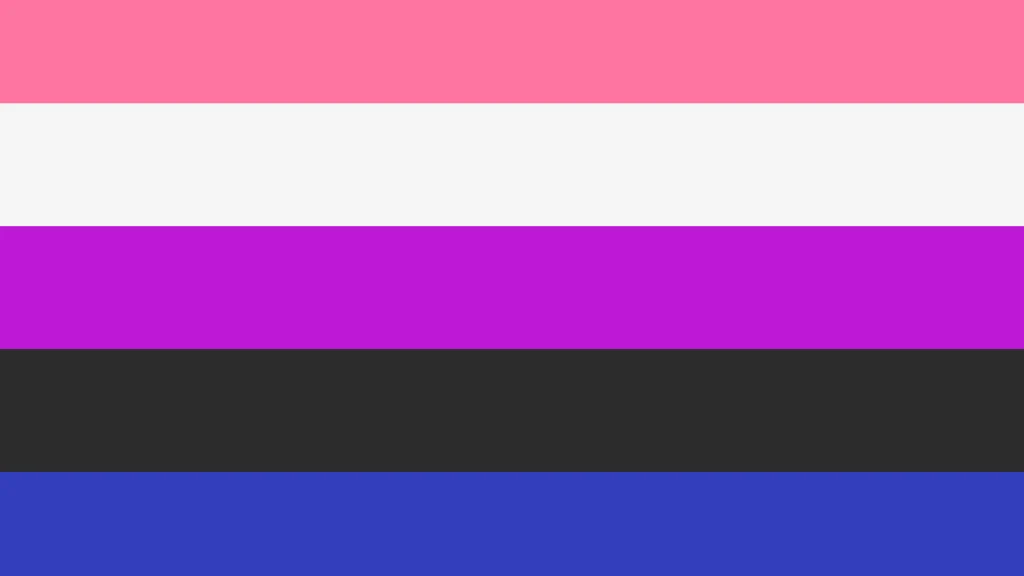
Gender Fluid/Gender Flexible Flag
Encompassing the fluctuations and the flexibility of gender in genderfluid people, the flag features colors associated with femininity, masculinity, and everything in between.
Pink = Stands for femininity.
white = The lack of gender.
Purple = The combination of masculinity and femininity.
Black = Symbolizes all genders, including third genders.
Blue = Masculinity.
Genderqueer Flag
Created in 2011 by Marilyn Roxie, the genderqueer flag highlights androgyny with lavender, agender identities with white, and nonbinary people with green. Some people refer to it as a nonbinary flag if they feel queer is a slur.
Lavender = Androgyny.
White = Agender identities.
Green = Nonbinary people.
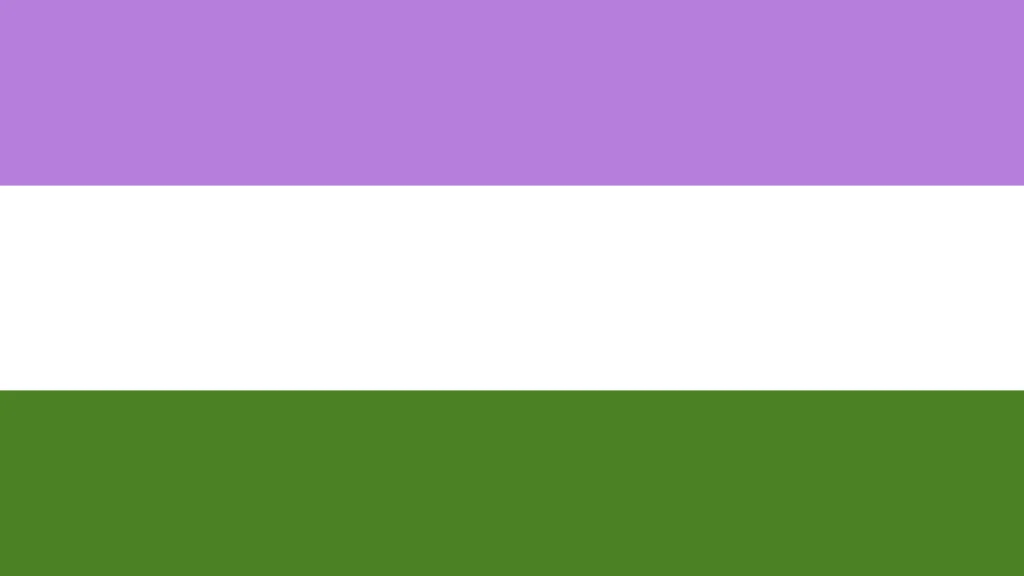
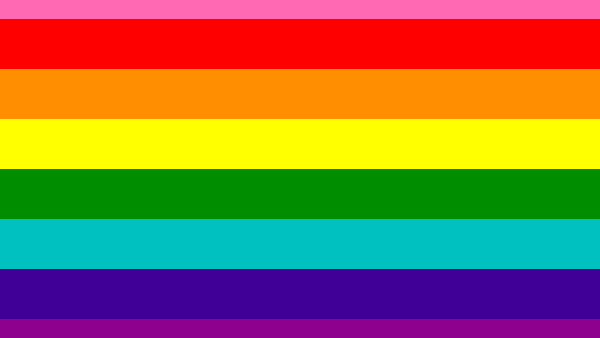
Gilbert Baker Pride Flag
Gilbert Baker, a veteran who taught himself to sew, to come up with a symbol of pride for the gay community. His response? The original Pride flag. Inspired by Judy Garland’s “Over the Rainbow,” these colors flew at the San Francisco Gay Freedom Day Parade celebration on June 25, 1978. Though some dispute whether Baker was the sole creator of the flag that started it all, its symbolism remains.
Hot pink = Sex
Red = Life
Orange = Healing
Yellow = Sunlight
Green = Nature
Turquoise = Magic/Art
Indigo = Serenity
Violet = Spirit
Intersex Flag
Designed in 2013 by the organization Intersex International Australia, this flag intentionally features nongendered colors that celebrate living outside the binary.
Yellow and Purple = Were chosen as neither colour associated with the
social constructs of the gender binary (male/female).
The circle = Perfect and unbroken, represents the wholeness of intersex people. It is a reminder that regardless of social norms or pseudoscientific claims, intersex people are perfect the way they are or choose to be.
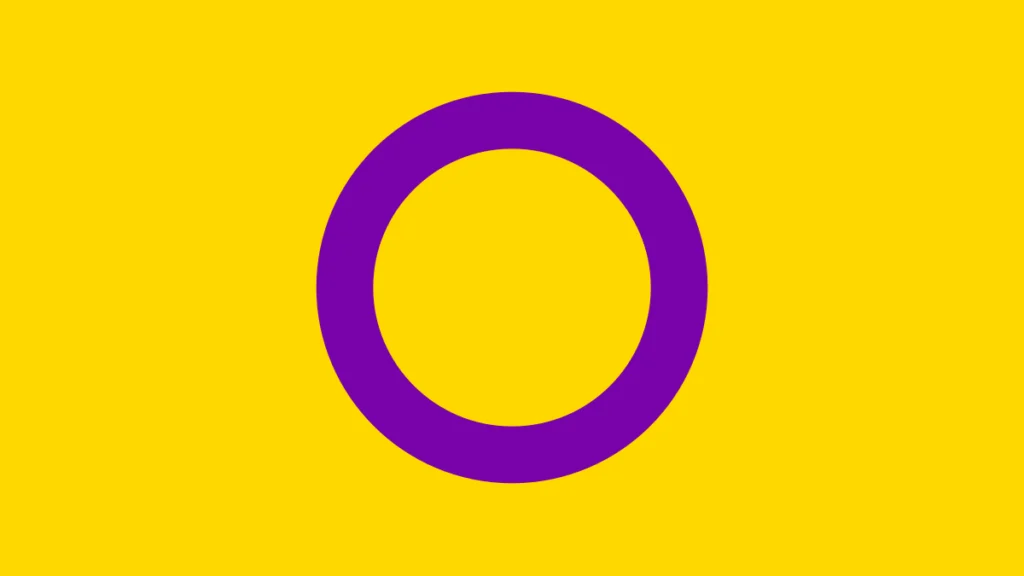
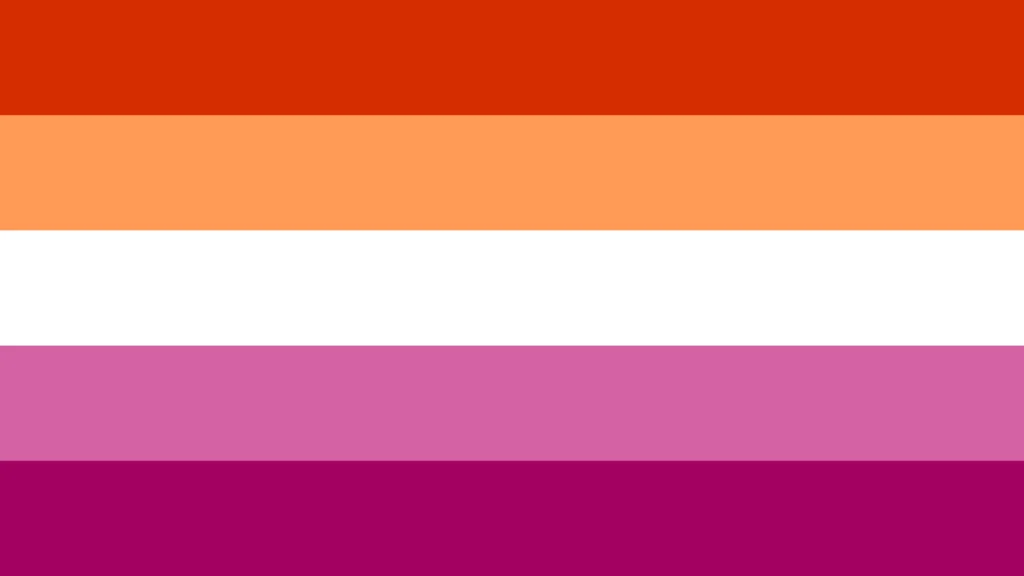
Lesbian Pride Flag
The original was a red kiss superimposed on six shades of red and pink colors and a white bar in the center was introduced in a weblog in 2010. It was modified by removing the kiss.
Dark orange = Gender non-conformity
Orange = Independence
Light orange = Community
White = Unique relationships to womanhood
Pink = Serenity and peace
Dusty pink = Love and sex
Dark rose = Femininity
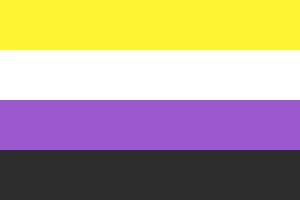
Non Binary Flag
This flag was created in 2014, this flag was a response to nonbinary people feeling improperly represented by the genderqueer flag. This symbol was not to replace Roxie’s creation but sit beside it as an option.
Yellow = Gender outside a binary colour.
White = A mix of all colour represents those with many or all genders.
Purple = Stands for those who feel both binary male and female or
fluid between them.
Black = Agender community, without sexuality or colour.
Pansexual Pride Flag
Created in 2010, this flag has colors that represent pansexuality’s interest in all genders as partners.
Pink = Represents women.
Yellow = nonbinary and gender-nonconforming people.
Blue = Represents men.
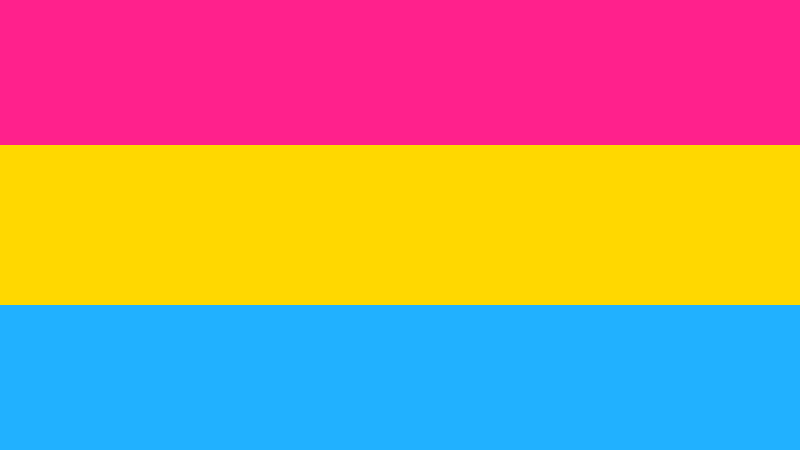
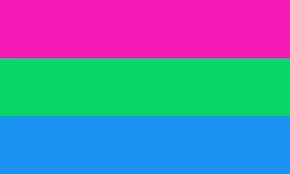
Polysexual Flag
Polysexuality, unlike pansexuality, is the attraction to multiple genders but not all. A middle ground between bisexuality and pansexuality, it is centered more around attractions to femininity and masculinity rather than gender itself. The pink represents
attraction to females; the blue for males. The green is for an attraction to those who don’t conform to either gender.
Pink = Represents attraction to females.
Blue = For males.
Green = Is for an attraction to those who don’t conform to either gender.
Progress Flag
Rebooted pride flag by Daniel Quasar Representation matters — especially for the most marginalized communities. The reboot is meant to be inclusive of queer people of color and trans people.
Represent marginalized LGBTQ+ communities of colour.
Represent the Transgender community.
Life, Healing, Sunlight, Nature, Magic/Art, Serenity, Spirit.
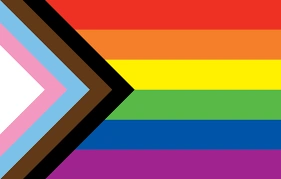
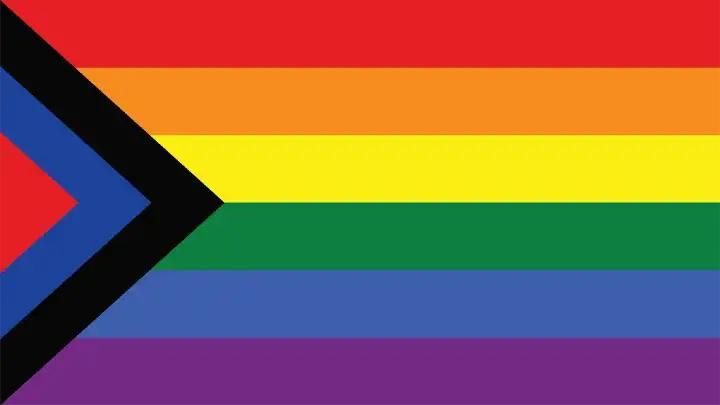
Social Justice Pride Flag
The Queer Chennai Chronicles released the social justice queer pride flag at the Queer LitFest in Chennai in 2018. The flag has the Ambedkarite blue, Dravidian black, and red, and the rainbow colours of the queer movement.
Black – Self respecting movement
Blue – Amedkarite movement
Red – Left values
Straight Ally Flag
The flag equivalent of “I support LGBT people, but no homo,” this makes everyone feel included at Pride marches, even if they’re celebrating other people’s sexualities.
“A”– Represents allies, as “a” is the first letter of the word.
Rainbow colors – Represents the LGBTQA+ community.
Black and White Bars = Represents heterosexual and/or cisgender
people.

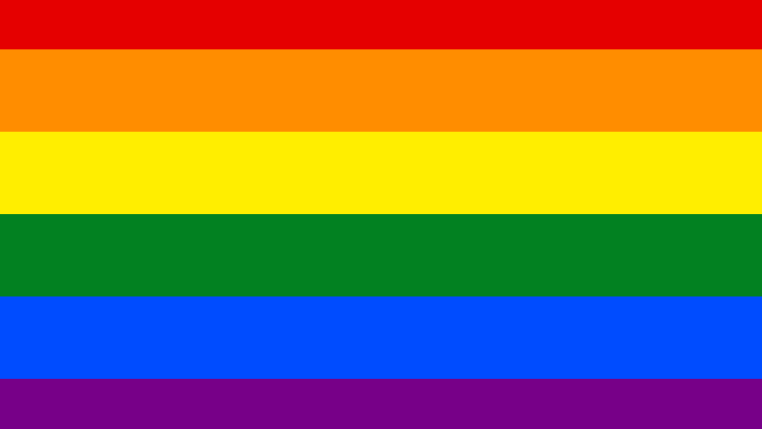
Traditional Gay Pride Flag
This is the most familiar flag. In 1979, the community landed on this six-color version, which was hung from lampposts in San Francisco. Numerous complications over having an odd-number of colors led to turquoise being dropped, at least according to reports.
Red = Life
Orange = Healing
Yellow = Sunlight
Green = Nature
Turquoise = Magic/Art
Indigo = Serenity
Violet = Spirit
Transgender Flag
Monica Helms, a trans woman, designed this flag in 1999, and it was first flown at a Pride Parade in Phoenix, Arizona, USA a year later.
Light Blue = Traditional colour for baby boys.
Pink = Girls.
White = Is in the middle is for those who are transitioning,
those who feel they have a neutral gender or no
gender, and those who are intersexed.
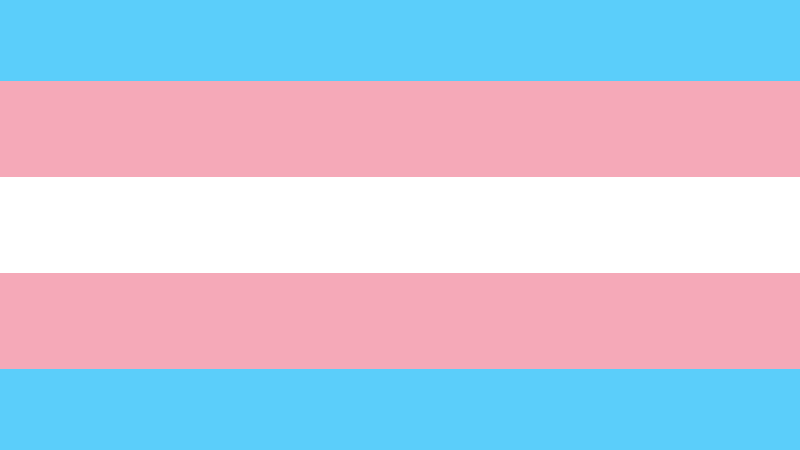
 Cart is empty
Cart is empty 
